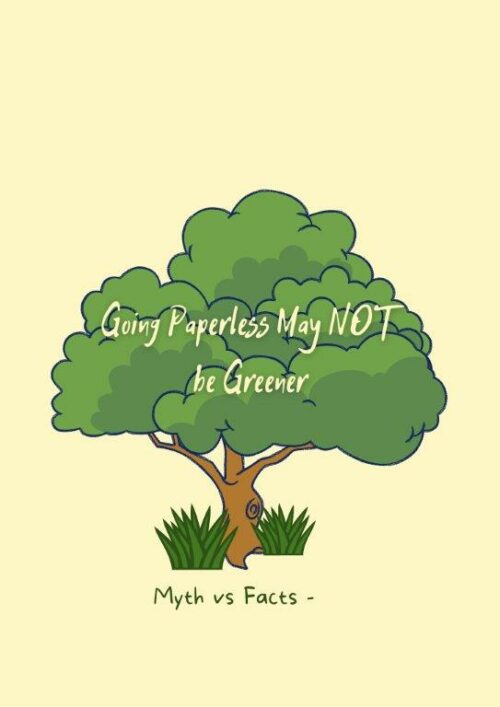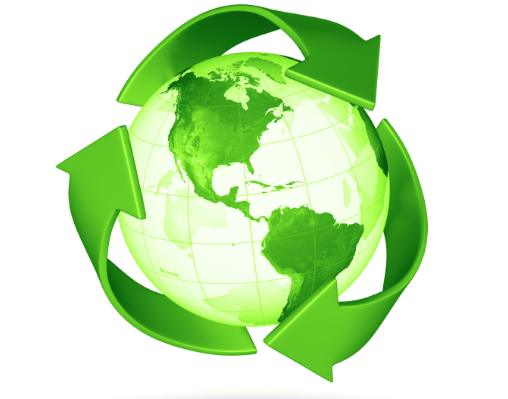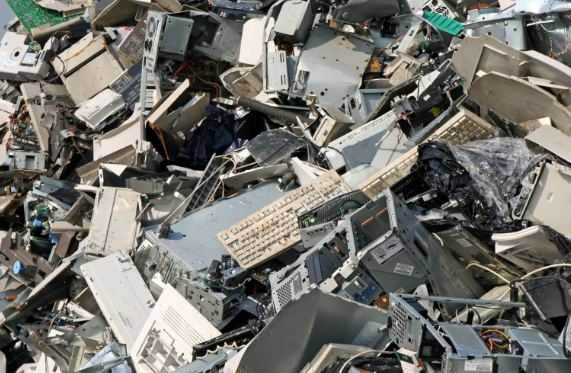Going Paperless may NOT be GREENER
We live in a beautiful country, and as New Zealanders we feel a responsibility to protect the green environment we live in. This has seen many businesses make an effort to go green by reducing their printing and paper usage.
The Print Industry has gained a bad reputation largely due to the perception that they are causing deforestation and reliance on petroleum-based inks. Due to this some feel decreasing your printing and paper usage is being kind to the environment.
The reality is that the paper, printing, and packaging industry, is increasingly responsible in its forestry stewardship, recycle and re-use policies, and overall environmental sustainability efforts.
Still, many people believe that paper use is bad for the environment. But its good to be aware that there are broad misconceptions that paper and packaging are bad for the environment.
Let’s consider some facts versus the myths


THE MYTH – Paper is bad for the Environment
THE FACT – Paper is one of the few truly sustainable products.
The paper industry adheres to respected third-party certification standards to ensure the paper you buy comes from a sustainable forest source. These include the Forest Stewardship Council® (FSC®), and Program for the Endorsement of Forest Certification™ (PEFC™) standards.
FSC’s pioneering certification system, which now covers more than 200 million hectares of forest, enables businesses and consumers to choose wood, paper and other forest products made with materials that support responsible forestry.
The industry’s advocacy of responsible forestry practices, certification, and the use of renewable biomass energy and advances in efficient papermaking technology make paper one of the most sustainable products we use.
THE MYTH – Going Paperless Saves Forests
THE FACT – Paper production supports sustainable forest management
In Australia and New Zealand, paper comes from managed regrowth forests or planted forests where the cycle of planting, growing and harvesting is carefully controlled. CEPI Sustainability Report, 2018
More and more manufacturers are joining certification schemes such as FSC and PEFC to ensure paper production is as environmentally friendly as possible.
More information visit https://twosides.org.au/making-paper-destroys-forest


THE MYTH – Electronic Communication is more environmentally friendly than paper-based Communication
THE FACT – Electronic Communication has huge environmental impacts
About 50 million tons of E-waste is generated every year and is the most rapidly growing waste problem in the world. This is the equivalent to throwing out 1000 laptops every single second. In some places the amount of e-waste increases with 500 % in the years to come.
E-waste can be toxic, is not biodegradable, and accumulates in soil, air, water and living things
While it is imperiative for us in the Print Industry to keep waste products to a minimum by recycling and re-using environmentally friendly products, electronic communication clearly has a large impact on the environment.
For more information please refer to https://twosidesna.org/e-media-also-has-environmental-impacts/
As you can see print and paper products are a highly highly sustainable choice for communications, marketing, knowledge sharing. Many of the perceptions that print and paper are wasteful, detrimental to the environment and responsible for deforestation, are in fact misconceptions.
Contact us today to discuss how we can help by providing you our most popular environmentally friendly stock options for custom made binders and tabs to enhance your presentations.





